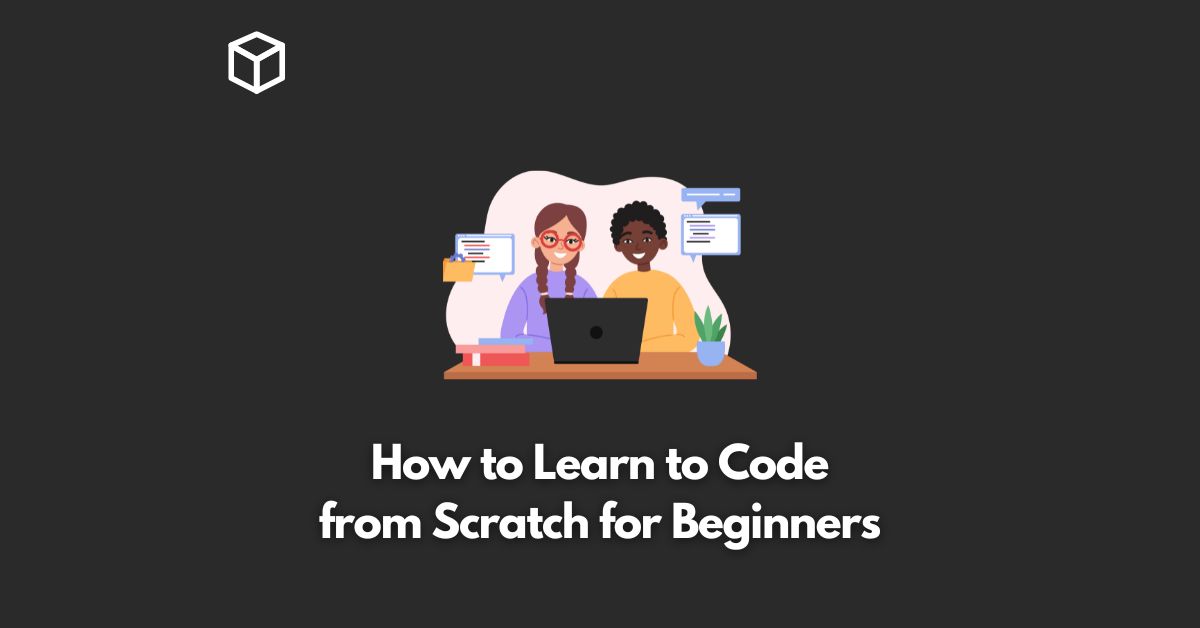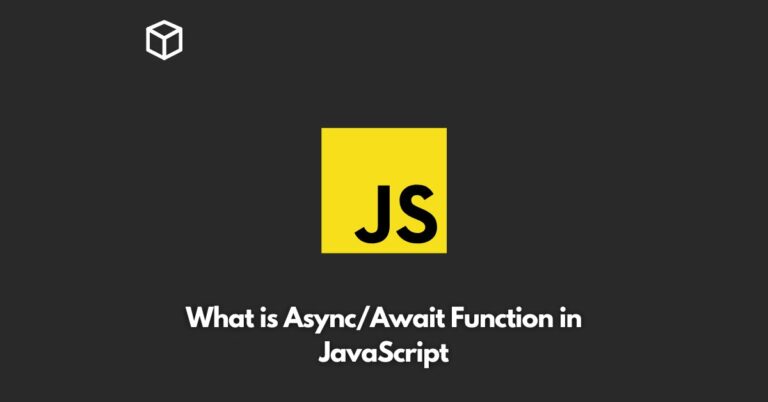Are you interested in the captivating world of coding? It’s a fascinating and rapidly evolving field that can offer a world of opportunities for those who venture into it.
However, the path to learning how to code can seem daunting at first especially for beginners.
This comprehensive guide is meant to help you navigate the various phases of this journey.
The Essential Question: Why Learn to Code?
Embarking on the journey to learn coding begins with a crucial question: why do you want to learn to code?
This question is as important as the commitment to learn itself.
Understanding your motivation can help guide you along the right path and help you maintain focus during challenging times.
Whether it’s an industry requirement, personal interest, or the allure of high salaries, being clear about your reasons will give you a solid foundation on which to build your coding journey.
The Basics of Coding: Where to Start?
Once you’re clear about why you want to learn how to code, it’s time to determine where to apply your new skills.
Coding can be utilized in numerous ways: to create websites, design bots, develop apps, or even program microcontrollers.
Understanding your preferred application of coding skills will guide you in choosing the right language to start learning.
Setting up your computer is the next step.
Depending on the language you choose, different tools and software will be needed. It’s essential to understand and install these requirements for a seamless coding experience.
Additionally, becoming comfortable with the command-line interface (CLI) can greatly enhance your skills as a programmer.
Choosing the Right Language: The Heart of Coding
Selecting the right programming language to start with is vital.
There are numerous languages to choose from, each with its specific use cases and levels of complexity.
High-Level Languages: These are generally easy to learn and use. They include:
- HTML: Though technically a markup language, HTML is invaluable for web design and an easy entry point for beginners.
- Python: A simple syntax, general-purpose language with applications ranging from web and mobile app development to AI, machine learning and video games.
- JavaScript: An old yet easy-to-learn text-based language used primarily for web and mobile app development, among other things.
- PHP: A robust, general-purpose scripting language mainly used to create and maintain websites.
- Java: An object-oriented language that supports “write once, run anywhere” (WORA), allowing the code to run on any Java-supported platform.
Low-Level Languages: These languages are more challenging for beginners but offer a deeper understanding of how computers work. They include:
- Assembly: A low-level language used for specialized processor instructions and direct hardware manipulation.
- C: Though it’s a low-level language, C is still higher-level than Assembly. It’s primarily used for embedded systems and operating systems.
- C++: An extension of C, used in various software and in the gaming industry.
- C#: A multi-paradigm general-purpose language typically used with the .NET framework.
- Objective-C: An object-oriented language primarily used in iOS app development.
While these more complex languages can be daunting, they are extremely valuable. Over time, as your skills improve, you’ll likely want to explore them.
Practical Application: Your First Coding Project
With the basics understood and a language chosen, it’s time to put your new skills into practice.
Starting a coding project is a great way to apply your knowledge and gain experience.
Start simple – it could be a basic website showcasing your hobbies.
Over time, as you learn more, you can add complexities.
It’s important to remember that every coder started where you are now and every project, no matter how small, is a step forward on your coding journey.
Expanding Your Coding Toolkit: IDEs, Git and Stack Overflow
As you continue to grow as a coder, familiarizing yourself with Integrated Development Environments (IDEs), version control systems like Git and community resources like Stack Overflow will become invaluable.
These tools and resources will aid your coding practices, allowing you to write, debug and collaborate on code more efficiently.
Practice and Persistence: The Path to Mastery
Coding, like any other skill, improves with practice. Regularly coding, troubleshooting and problem-solving will strengthen your understanding of the language you’re learning.
Persistently honing these skills will eventually lead to proficiency. Remember, every coder was once a beginner and every expert has made mistakes along the way. Your path will be no different.
Networking and Collaboration: Growing with the Coding Community
Joining coding communities and networks can provide a supportive environment as you navigate your coding journey.
Communities like GitHub offer a platform to collaborate with other coders, learn from their experiences and contribute to collective projects.
Staying Current: The Ever-Evolving Landscape of Coding
Finally, the world of coding is dynamic and rapidly changing.
Stay updated with the latest developments in your chosen language and the broader field.
Doing so will ensure your skills stay relevant, opening up new opportunities and challenges.
The path to learning coding from scratch can be challenging but equally rewarding.
With a clear intent, the right tools and a determined mindset, anyone can learn to code.
Take the first step and embark on an incredible journey into the digital world of coding.




